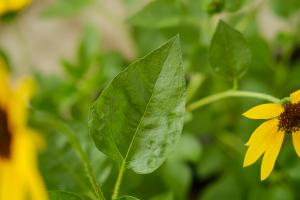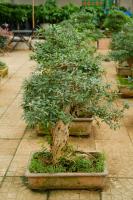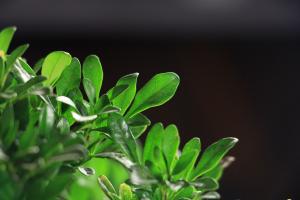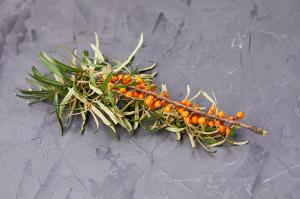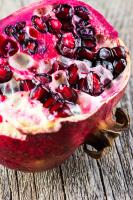1、 Cut off the remaining flowers
After the cymbidium flowers bloom, the old plants cannot continue to bloom. Therefore, after the flowers bloom and fail, the residual flowers and flower stems must be cut off first to prevent excessive consumption of nutrients, which is more unfavorable to the growth of the plant. If you let it go, the withered flowers and stems left on the plant may breed a lot of bacteria and be prone to diseases and pests
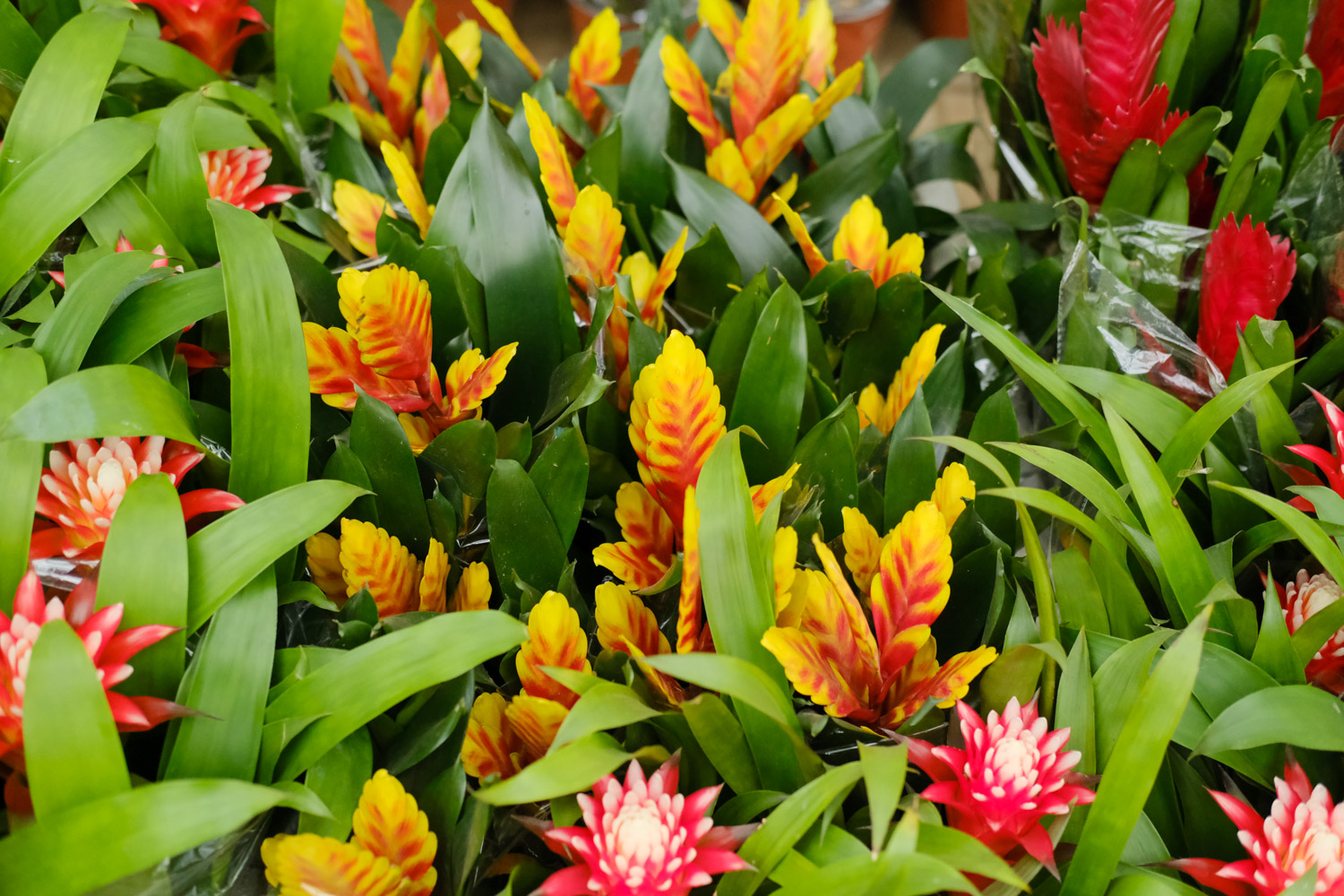
2、 Replace basin soil
After the flowers of Cymbidium bloom, it will consume the nutrients in the basin soil and cannot maintain the growth in the later stage. You can replace it with a new pot and prepare a larger flowerpot. The material should be mainly breathable, and the soil can be loose and fertile humus soil. When changing pots, you can trim the rotten roots, diseased roots and rotten roots at the bottom to remove the roots that are too dense and too long. Don't rush to water after changing the basin. Wait until the basin soil is dry

3、 Ramet cultivation
After flowering once, the cymbidium itself cannot bloom again, but many small plants will grow on the plant. When these seedlings grow up, they can be cut with a sharp knife. Dry the cut seedlings slightly, prepare appropriate basin soil, and replant the small plants

4、 Timely fertilization
It also needs timely fertilization to meet the various nutrient elements required by the plant, so as to supplement nutrients

 how many times do yo...
how many times do yo... how many planted tre...
how many planted tre... how many pine trees ...
how many pine trees ... how many pecan trees...
how many pecan trees... how many plants comp...
how many plants comp... how many plants can ...
how many plants can ... how many plants and ...
how many plants and ... how many pepper plan...
how many pepper plan...